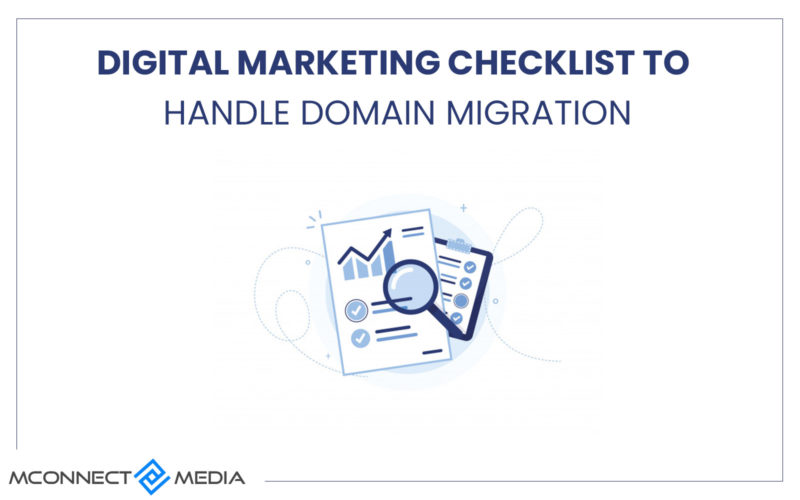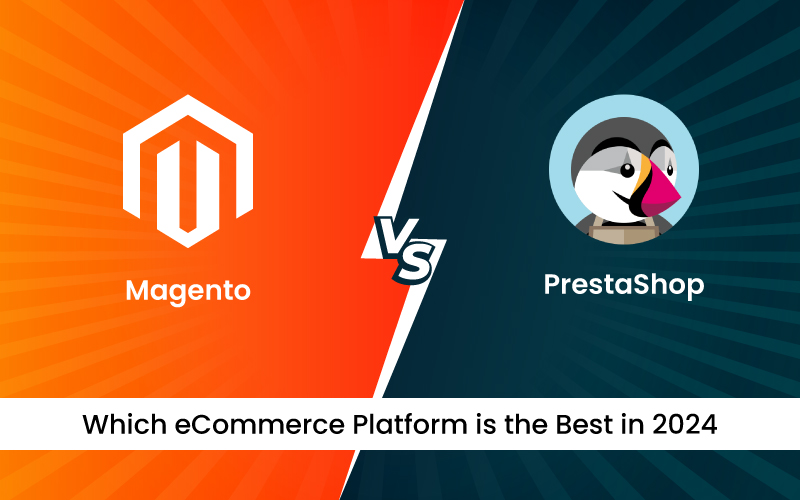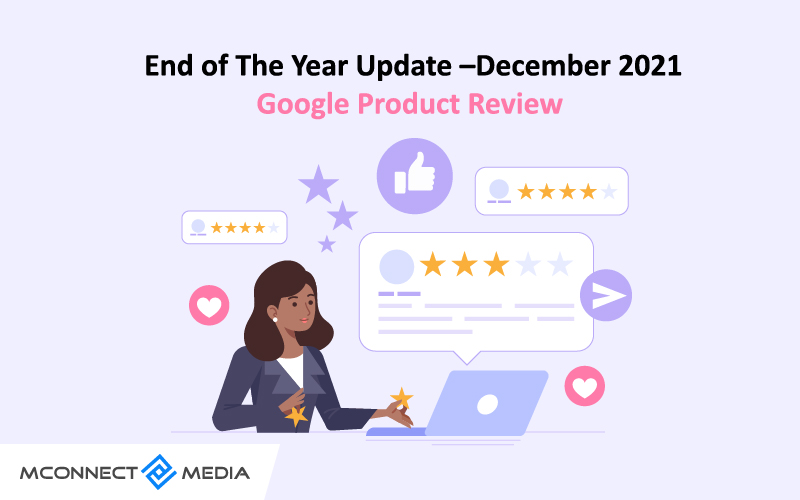Migration is never been an easy task, but if you have the right strategy in place, you can mitigate risks. Moreover, you should have a way to quickly analyze how your domain migration went and this is exactly what you will see in this blog post.
In this article, we’ll share a quick domain migration checklist that you can use as a digital marketing checklist for your website domain migration. Let’s start without wasting time!
An SEO Checklist for Domain Migration
This is going to be a checklist with the important steps that you will need to take during a domain migration. If all of them are done right, you will have successful domain migration.
- Map up The Old URLs to the New URLs:
The first and foremost step of the domain migration checklist is to make sure that all the signals and history that each page on the old domain has acquired will be transferred to the new domain. Moreover, a user should be able to see a page on the new domain if they follow a link to the old domain.
Each old URL should have the final destination on the new domain. For example:
- domain1.com-> domain2.com
- domain1.com/inventory-> domain2.com/inventory
- domain1.com/about-us-> domain2.com/about-us
- This means, all the redirects should be set up on a page-by-page basis.
Meanwhile, if a page existing on domain 1 will no longer be available on the new domain, it should still be redirected to the best matching option.
- 301 redirect mapping:
This is the most important step to keep your SEO value intact. Let’s say if you were using mconnetmedia.com now you are moving to a brand name let’s say M-connect Media with the new name domain usacommerce.com
This means redirects help to connect the page on the old domain to the page on the new domain. Set up a 301 redirect from each page on the old domain pointing to the final destination on the new domain defined in the above step.
Remember, each of the following website versions on the old domain should redirect to the new domain.
- https/http
- www/now-www
- Website browsing with new domain:
This is the third and most important step that needs to be looked at while migrating your domain. The best practice is not to have redirects or very few unavoidable redirects. If it is your website, you can control all the internal links. No internal links should have an old URL redirecting from an old to the new domain. The browsing experience should be smooth with the new domain so that it doesn’t confuse crawlers and users.
- Set up an internal links on the new domain
These are the links that stay inside the website. After migration to the new domain, they need to point to the new domain as well. Make sure that all the internal links point to the new domain.
- Sitemap
The sitemap file should be generated with the new domain URLs and the sitemap needs to be submitted to the Google search console and mentioned in the robots.txt file.
- Robots.txt file
The next step is to make sure that all paths you have mentioned in the file still make sense. You don’t have to make any changes as it doesn’t use the domain there. So don’t forget that any changes will result in you a waste of time.
- Tracking and event codes
You should continue using those tracking codes that you used to and your site may be Google Analytics, Google ads, and email codes. You have to make sure that you don’t make a change in the account id for all the different scripts. You will have to verify the new domain in the Google search console and may need to set up a new Google tap manager if you were using it previously.
- Content and Meta tags
This is very essential before you start domain migration as you cannot disturb content, meta tags, and OG tags. These simply need to be carried forward as it is on a new domain and in the case of a brand name change, ensure that you change the old brand name to the new brand name everywhere, especially in content, meta tags, and OG tags.
- Image and Image Tags
All the image URLs should be redirected to their respective URLs, as mentioned in point number 1. Also, ensure that you don’t miss alt and title tags, if you are serving images through CDN, you can continue using that in the same manner on a new domain.
- URL changes on social media and listings
Business URLs should always be latest on Google My Business, FB, LinkedIn page, and Twitter. Moreover, if you are changing the brand name be sure to change the business name everywhere. Meanwhile, make sure that you change every listing and social media account name with your new domain name or URL.
- Google Ads and Email campaigns
This is the best thing in any business because ads are the key and that’s why to change the URLs and brand name in your ad images, headings, and description, or your ads will stop running and produce errors. Some brands change the only brand name and let ads as it is which can lead to failure.
If you have been sending email campaigns it is better to change all old URLs to the new domain in current templates and if there are any emails in the pipeline, be sure to do those as well. Moreover, you can acknowledge your audience that you are no longer an old brand using a new domain to avoid confusion when visitors revisit your website. This can help you ensure your visitors that you are constantly upgrading and improving and also active and supporting.
- PR, Article, or Post circulation
Sharing every latest change with your customers can help you make trustworthy business and finest choice among others. Sharing the changes on different social media platforms will inform your customers about the change while avoiding doubts or confusion next time they came across the brand change or domain name change.
Crosscheck or Additional things to do
- Make sure your website on the new domain has the right meta
- Make sure that a Google analytics code is installed on the new domain
- Make use of a tool to track the domain migration
Wrapping Up:
After all the above-mentioned points have been followed and executed, you should crosscheck to make sure you have not missed any points. These steps are very important for preserving the website stats and engaging the domain change to Google.
Need help in development and designing? M-connect Media can help you as we have certified professional who can work on various development platforms like Magento. Consult our experienced Magento developers to discuss your needs. Dial us for more information.














